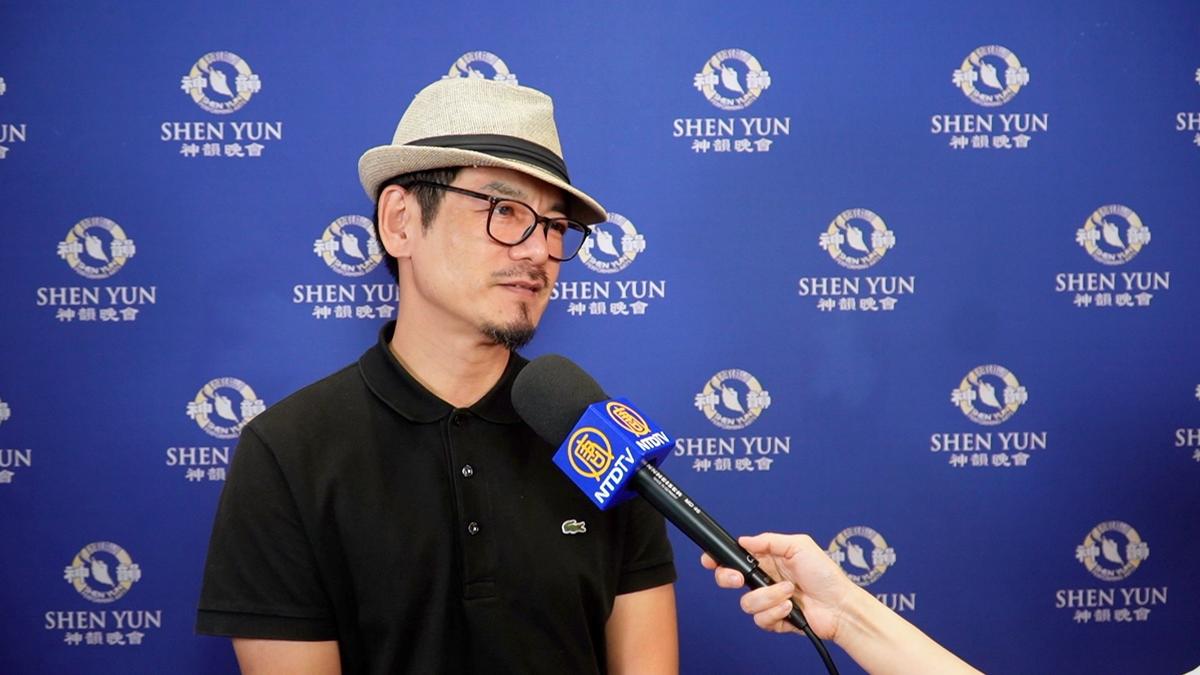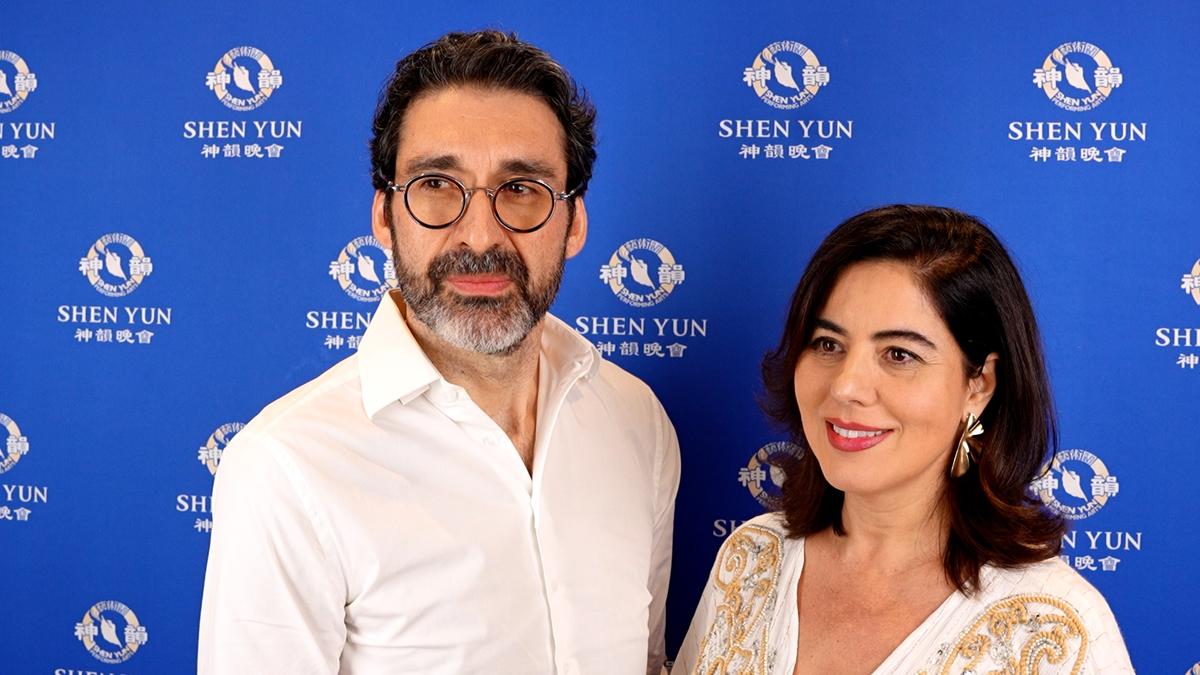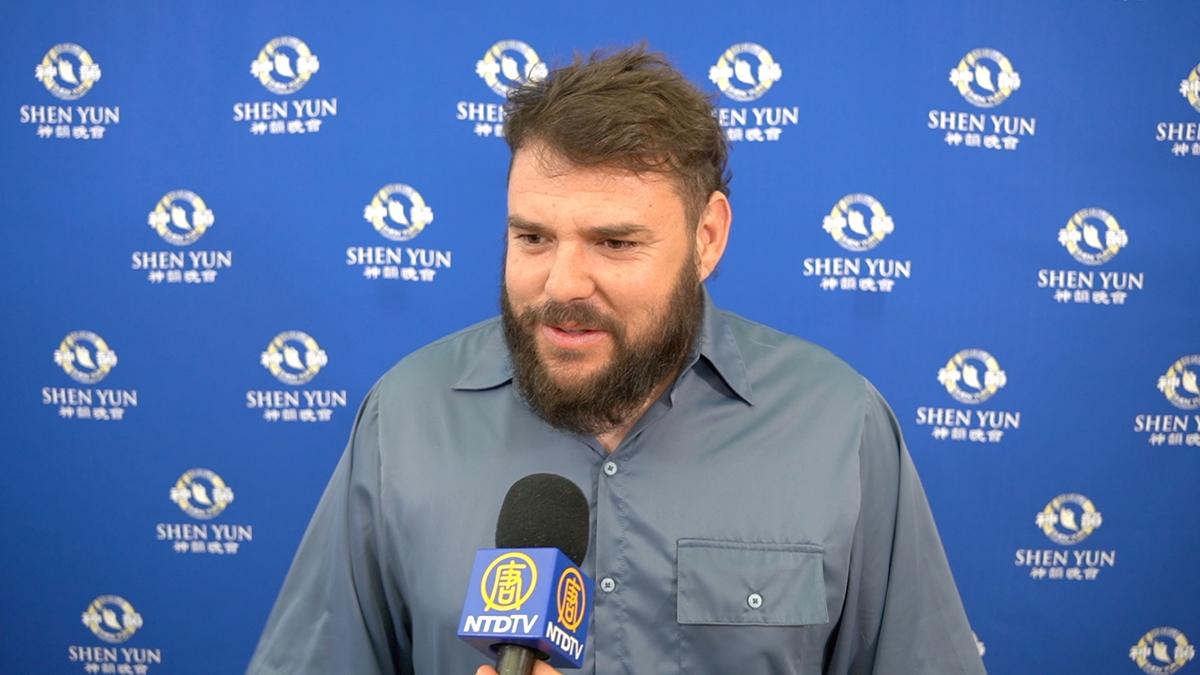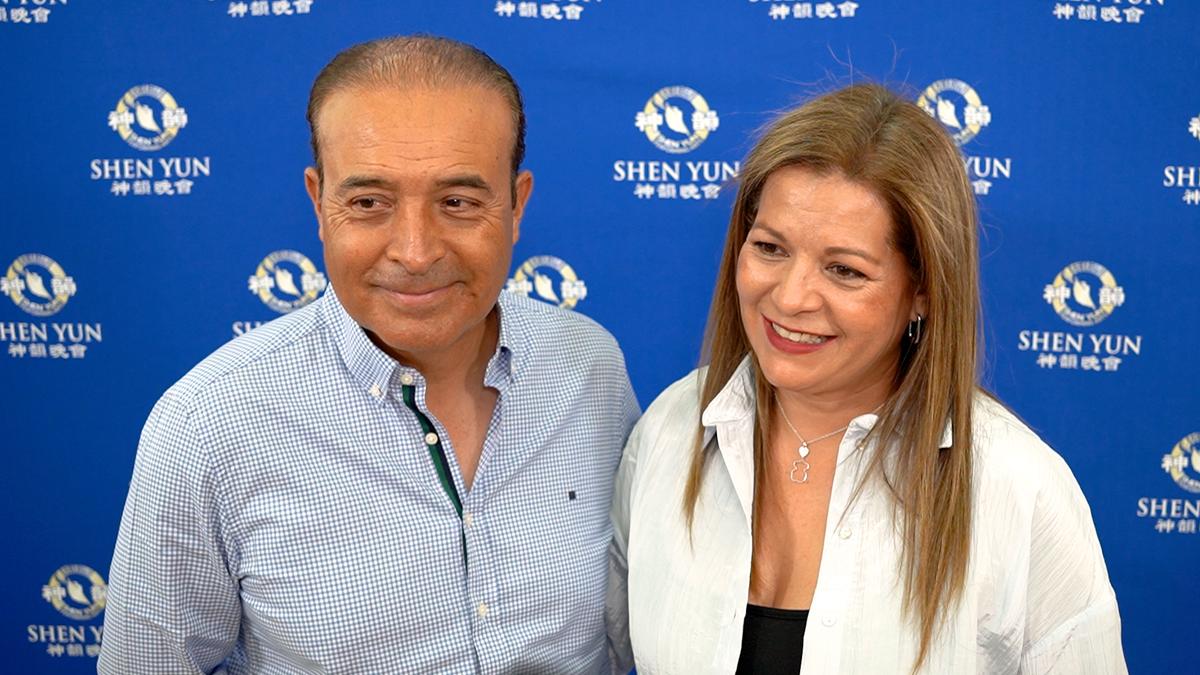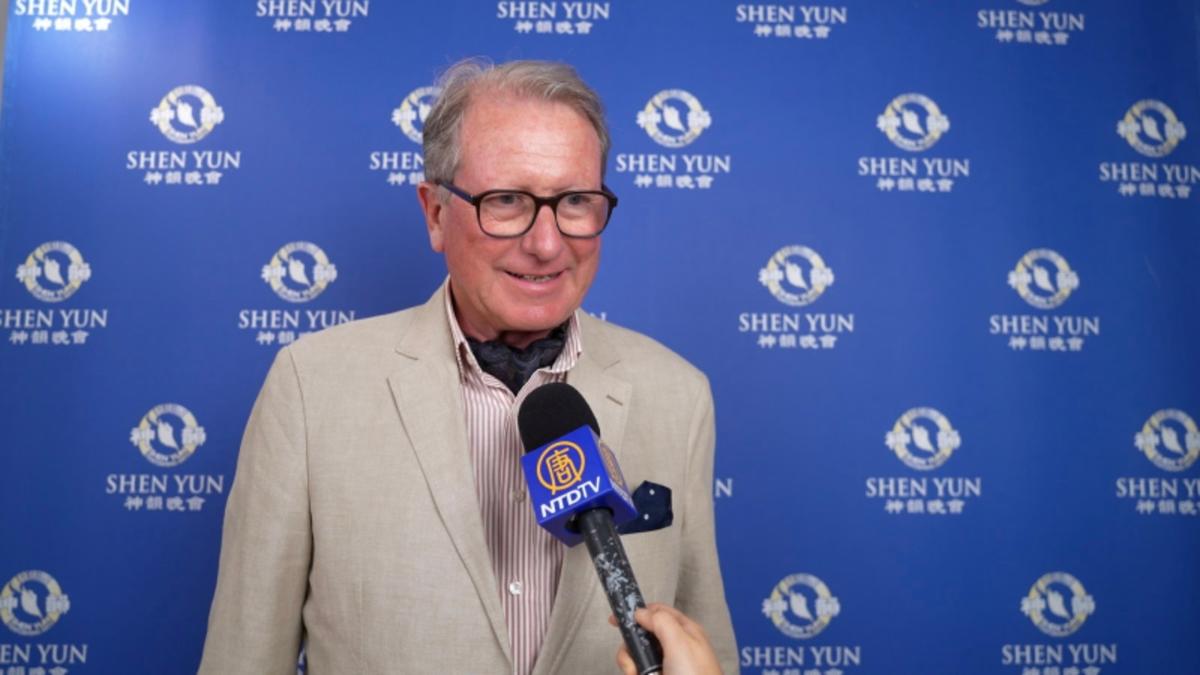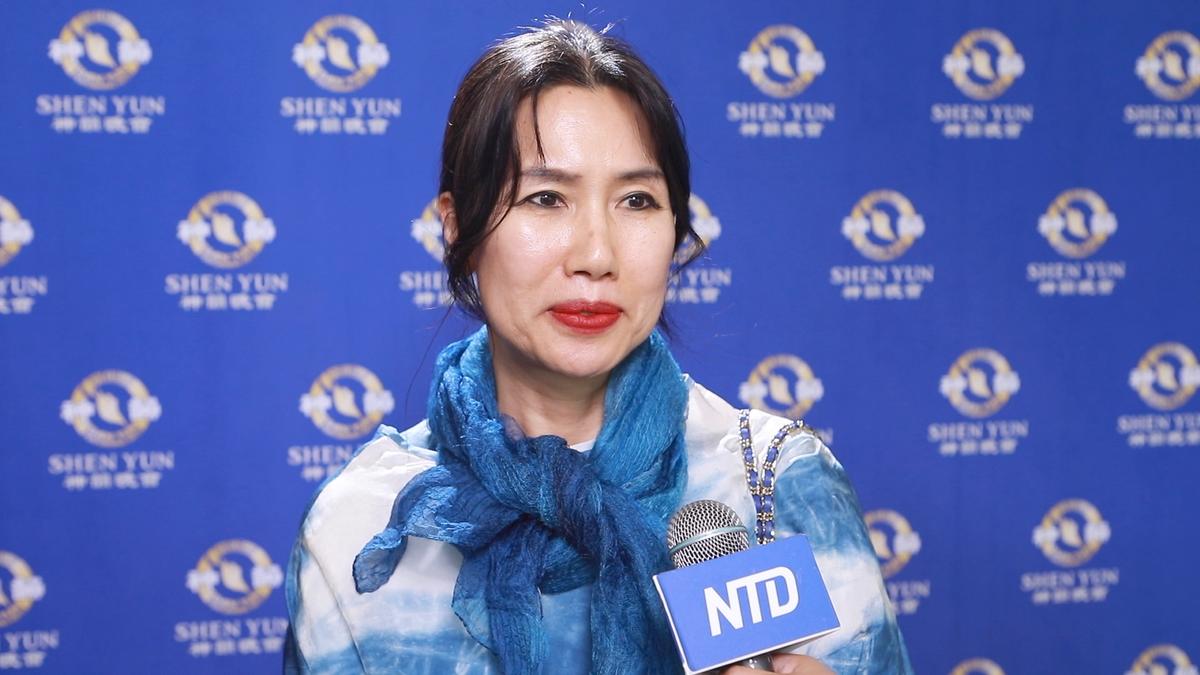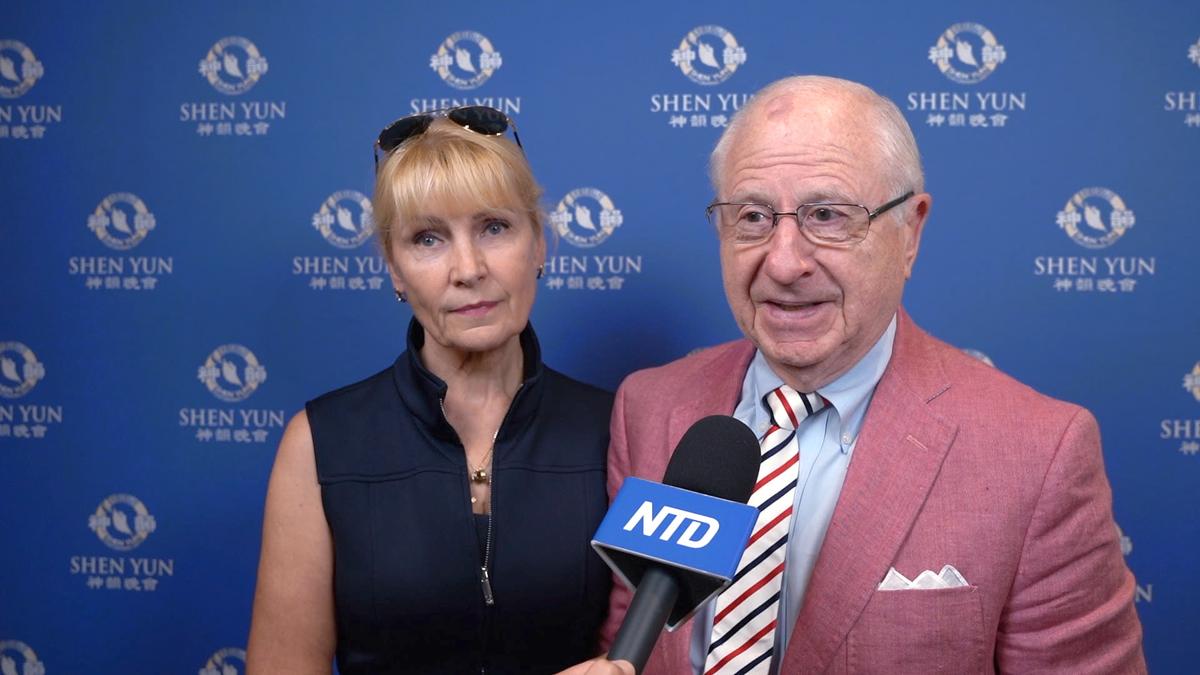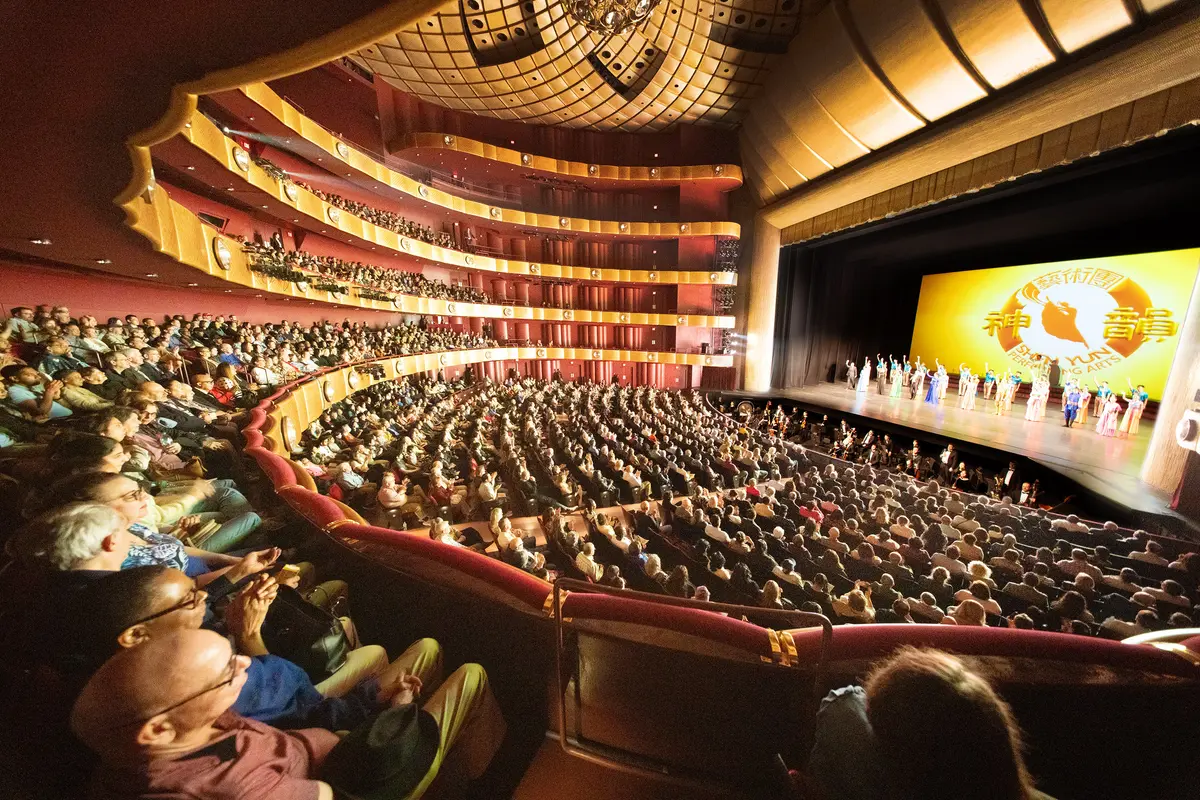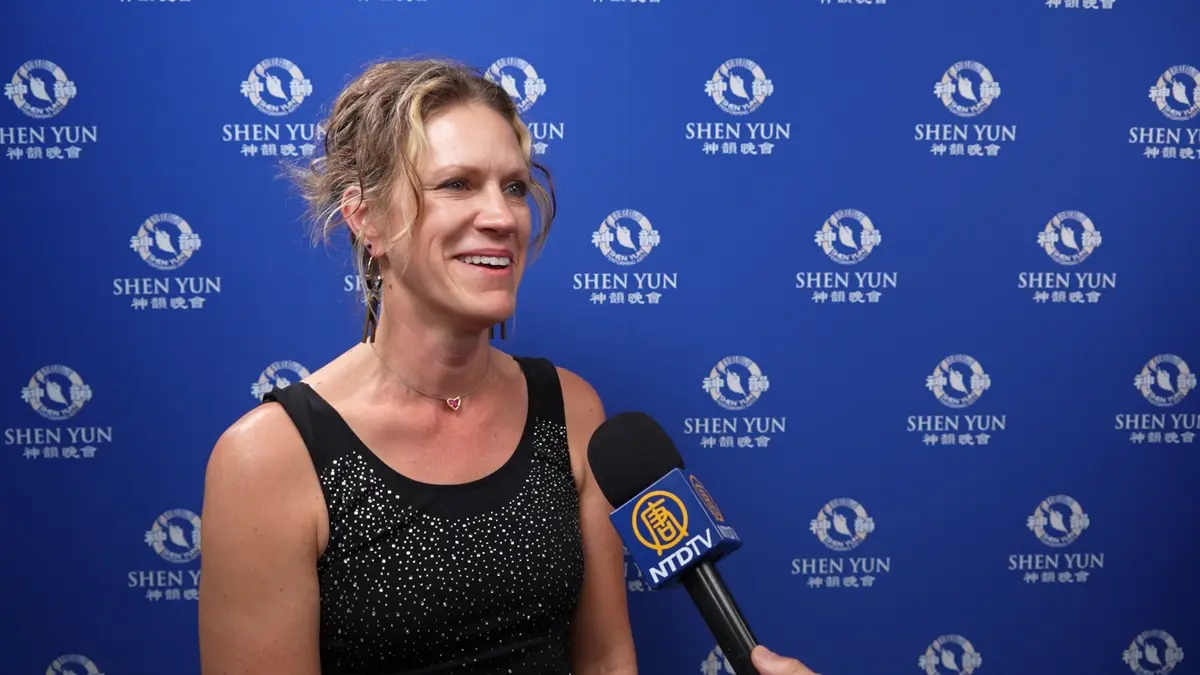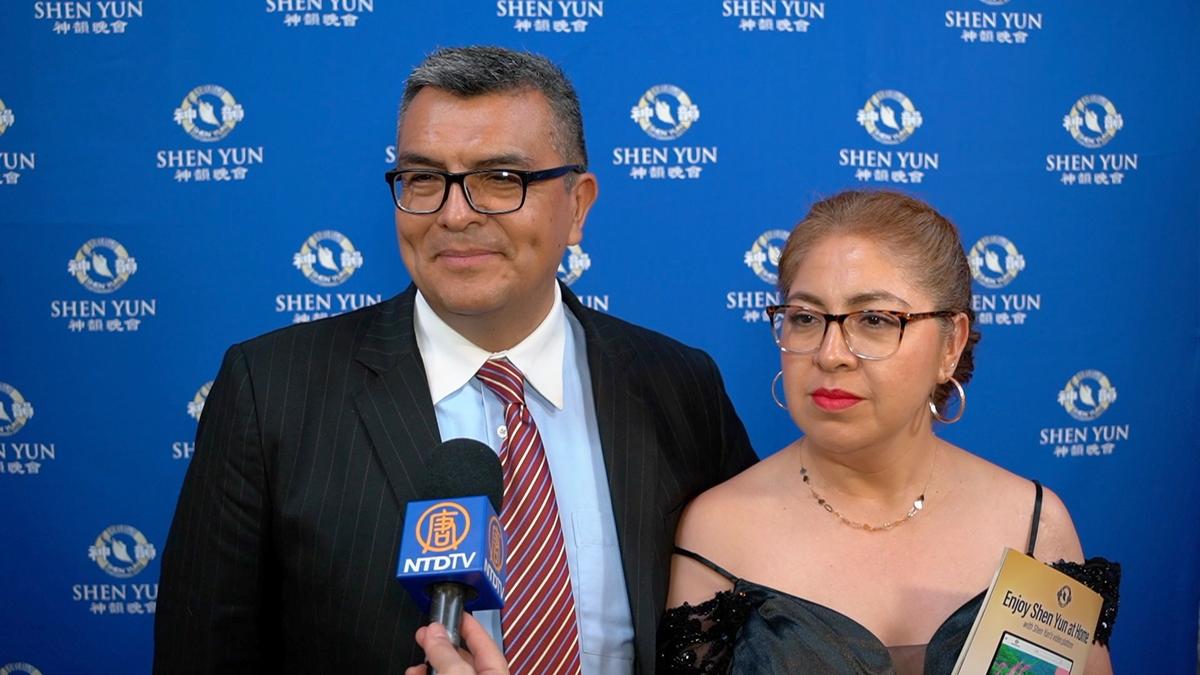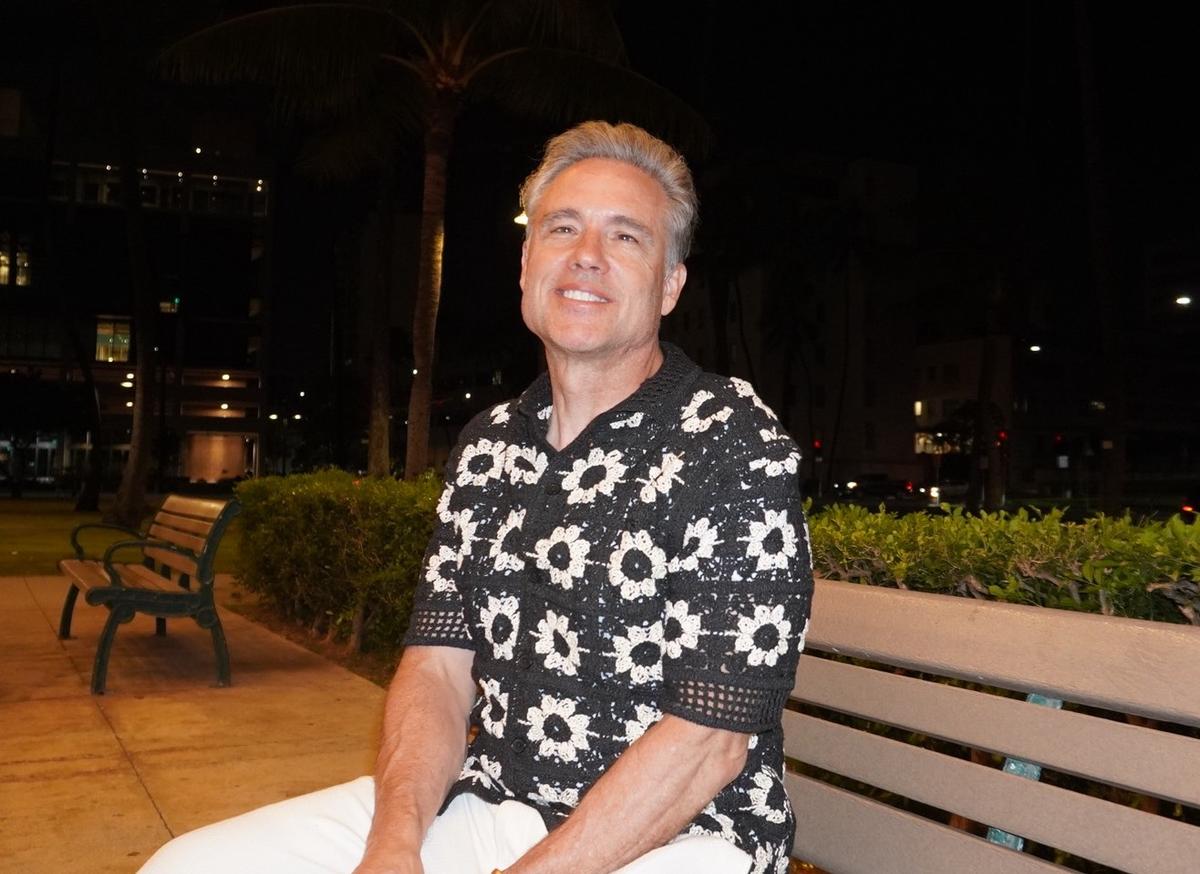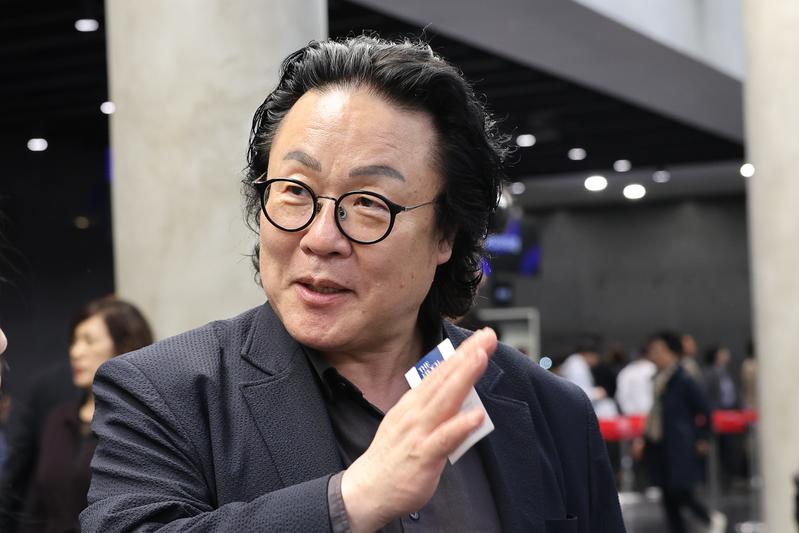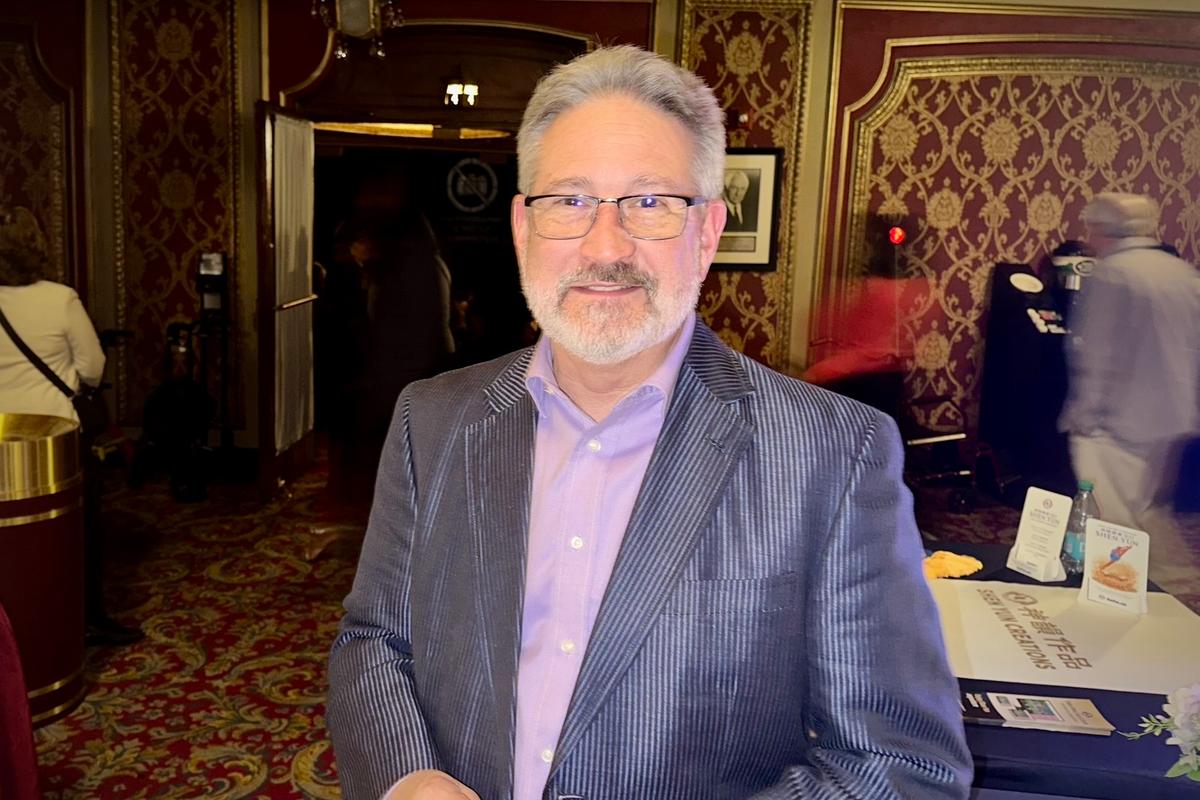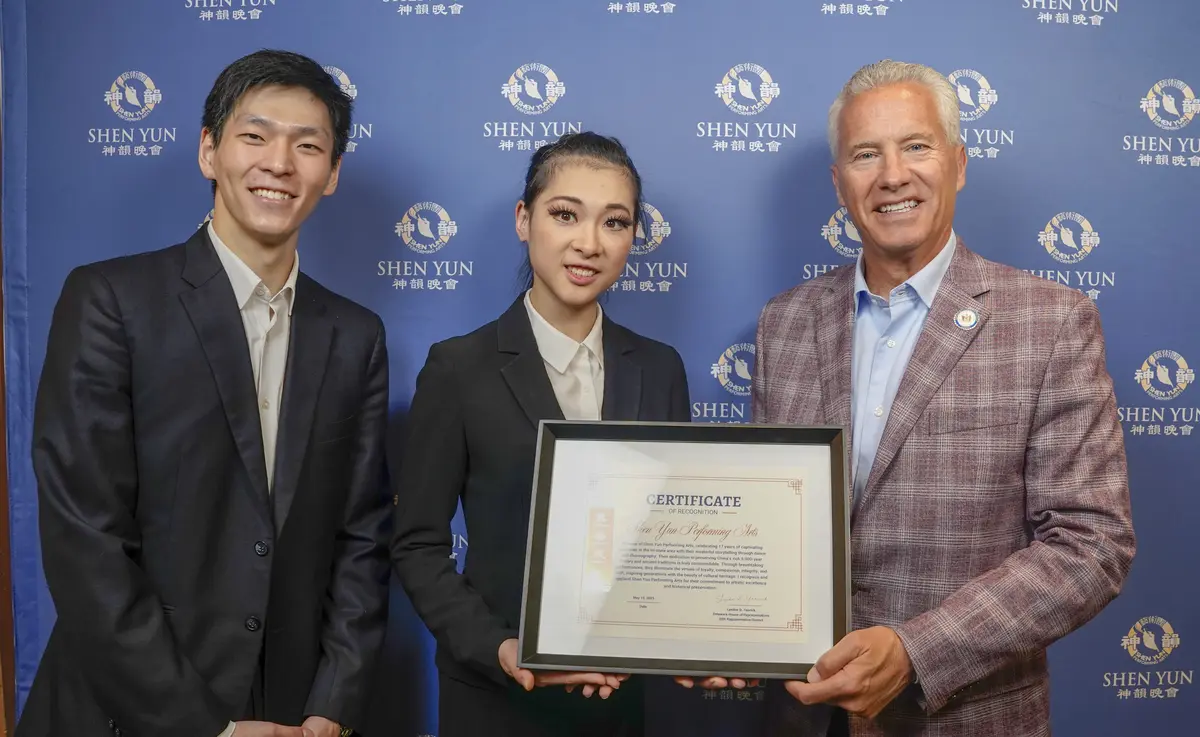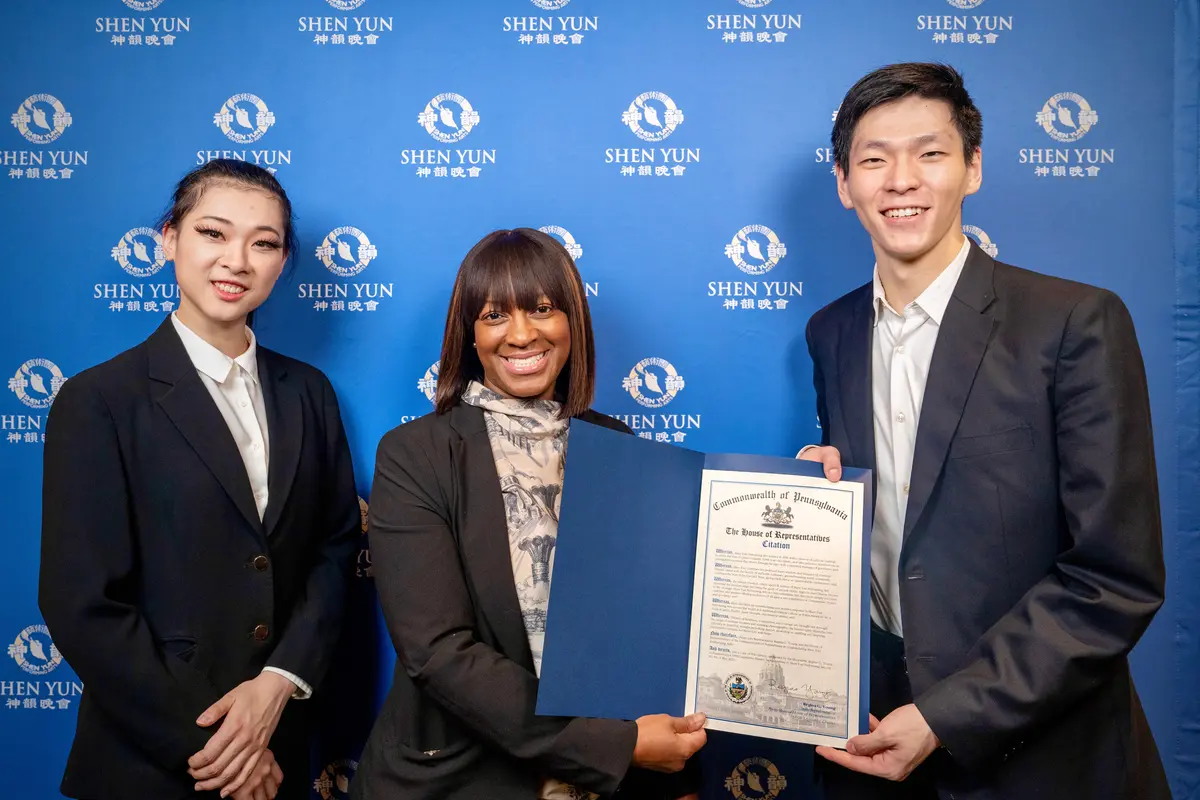PHILIDELPHIA—As William Cullinan watched Shen Yun Performing Arts on Friday night, he could scarcely believe his eyes: 5,000 years of Chinese culture and history was playing out.
Between the story-based dance featuring epic Chinese legends, folk dances of China’s many ethnic groups, operatic soloists performing in Mandarin, traditional Chinese instruments, and exquisite handmade costumes, every detail came together to express the core of China’s divinely-inspired culture, he said.
“It was a very impressive way to convey the culture through all the detail, song, and dance, and all the events—being myth or historical fact,” he said, on April 25 at Merriam Theater.
“They did a splendid job.”
Mr. Cullinan is a board member at the Dialogue Institute at Temple University, a non-profit that works to foster interreligious and intercultural scholarship, understanding and cooperation. He noted how effectively Shen Yun expressed spiritual concepts from traditional Chinese culture.
“I’ve studied religion and philosophy for several years, and I was impressed with how they could convey it onstage through song and dance, some of the fundamental ideas,” he said.
According to the Shen Yun website, the New York-based company’s mission is to revive 5,000 years of divinely inspired culture through classical Chinese art forms. This spiritual culture—deeply influenced by Buddhism, Daoism and Confucianism—has been decimated over 60 years of Chinese communist reign.
Mr. Cullinan was pleased by the traditional spiritual concepts portrayed in the performance, such as the harmony between heaven and earth, and the karmic ties that link all sentient beings.
“I liked it when they portrayed the religious significance, like the ultimate truth from heaven and the mystical unity of people, the environment on Earth, and heaven, the oneness,” he said.
As an educator, he said Shen Yun was a good example of how the performing arts can be a profound learning tool.
“I think anyone—student, faculty, others—will benefit … they’re informed [by the performance] if they’ve never studied the culture,” he said.
“This is a good method for portraying other civilizations on stage as well.”
He enjoyed the dance featuring Sun Wukong, or Monkey King—a character adapted from the classic novel “Journey to the West.” The dance tells the story of a Tang Dynasty monk and his disciples, who embark on an epic journey to obtain sacred Buddhist scrolls.
Having an interest in Mongolian culture, he was also inspired by Shen Yun’s Mongolian chopstick dance—a fast, energetic dance featuring male dancers who create a crisp, staccato beat with chopsticks, according to the program.
According to the Shen Yun program book, Mongolian dance is “a vivid testament to free-spirited vitality and boundless, expansive expression.”
Reporting by Tony Dang and Justina Wheale
New York-based Shen Yun Performing Arts has four touring companies that perform simultaneously around the world. For more information, visit Shen Yun Performing Arts.
The Epoch Times considers Shen Yun Performing Arts the significant cultural event of our time. We have proudly covered audience reactions since Shen Yun’s inception in 2006.



